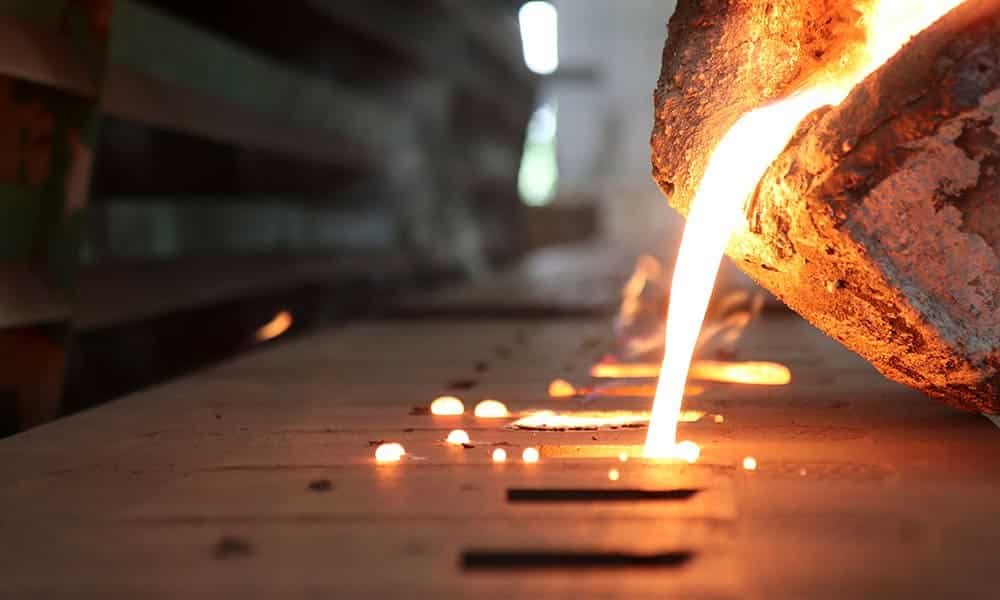The process of casting from engine block to turbine blade stems from the essence of how we make things on a global scale. This process, metal casting, gives industry the ability to manufacture intricate parts with a high degree of accuracy, strength and cost effectiveness.
Let’s take a look at how this age-old technique works, why it’s important and what technology is doing to make it work even better.
What Is Metal Casting?
The process of casting involves melting metal, pouring it into a mold, and allowing it to cool and, ultimately, harden into a certain shape. It’s a technique that’s been in use for thousands of years — for good reason. It is one of the most efficient methods for producing both simple and complex components across a variety of industries.
Important Steps Involved in the Metal Casting Process
Every cast product is the result of meticulous planning and several essential stages:
● Pattern Creation
A pattern is created for the final object. It forms the cavity into which the molten metal will be poured and might be constructed of metal, plastic, or wood.
● Core Insertion
Where hollow cavities are desired, cores made of metal or sand are used to prevent the molten metal from filling these areas.
● Molding
The pattern is then put into a frame and surrounded with sand or some other mold material. After the pattern is removed, a hollow impression is left behind that must be filled and cast.
● Melting and Pouring
A metal, such as aluminum, iron, or steel, is melted in a furnace. Molten metal is then carefully and accurately poured into the mold cavity.
● Cooling and Shakeout
The metal also hardens into the mold’s shape as it cools. The mold is subsequently broken and the casting removed.
● Cleaning and Finishing
Grit and imperfections, if there are any, are polished away. Further finishing could include grinding, machining, or coating – as required by the end use of the product.
Types of Metal Casting Techniques
The following processes are used as appropriate to the product in question and the scale of production required:
- Sand Casting – best used for cheap, expendable parts.
- Die Casting – Produces uniform and high components with metal molds and high pressure.
- Investment Casting – Detail designs are created using wax and ceramic molds.
- Plaster Casting – Provides a wear-resistant surface with plaster molds for fine detail.
Industry Impact and Innovation
The construction, automotive, and aerospace industries all depend on metal casting. This enables production of large-scale, robust components. With modern machinery and automation, casting is speedy, clean, and highly efficient.
GK provides solutions for improved foundry operations for the successful operation of the foundry, the addition of qualified personnel and modern tools are absolutely necessary. Here, their state-of-the-art vibrator systems are developed to optimize your mold preconditioning, sand delivery, and cooling process to achieve maximum speed and quality.
Final Thoughts
Whether it is the body of your car or components of a power plant, behind the scenes, metal casting is bringing the world to shape, one small piece at a time. With products like those offered by General Kinematics, and a tradition of innovation that’s seen innovation after innovation over hundreds, not just dozens, of years, this ancient craft is still going strong, making better products and doing it more intelligently than ever.







